Elysian plans to build a scale model of the plane, called the E9X, within two to three years, and build a full prototype by 2030. The company aims to have the plane in commercial service within a decade.
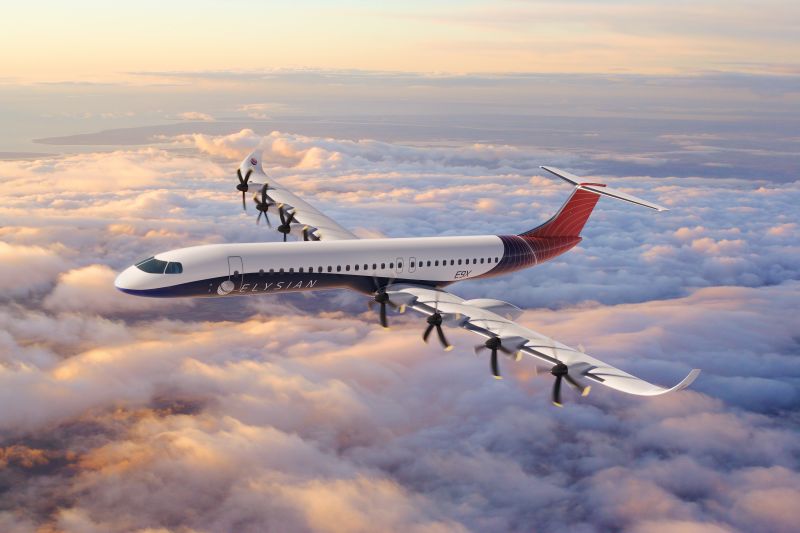
Dutch startup Elysian has designed an all-electric aircraft with a range of 805 km. Photo: Elysian
The E9X will have eight turboprop engines and a wingspan of nearly 42 metres, larger than a Boeing 737 or an Airbus A320, although both can carry twice as many passengers, but have a thinner fuselage.
This improves both structural and aerodynamic characteristics, says Reynard de Vries, director of design and engineering at Elysian. The design is the result of a collaboration with Delft University of Technology, the oldest and largest technical university in the Netherlands.
One key principle is that the batteries will be placed in the wings rather than the fuselage. “That was a key design choice. Batteries make up a significant portion of the weight of the aircraft, and what you want to do with the weight is put it where it creates lift,” de Vries said.
According to de Vries, battery technology will be similar to what is available today, plus any advances in the next four or five years. “That opens up a lot of different scenarios. The most conservative scenario puts the range at 300 miles, but we believe a more realistic target, four years from now, is 500 miles.”
Other unique design elements include the placement of the landing gear on the wings instead of the fuselage. Additionally, a gas turbine-based "reserve power system" can provide emergency power in the event of a diversion.
Overall, De Vries expects the aircraft to have a climate impact of 75% to 90% lower than today's narrow-body aircraft, even when taking into account battery output and the electricity used to charge the batteries.
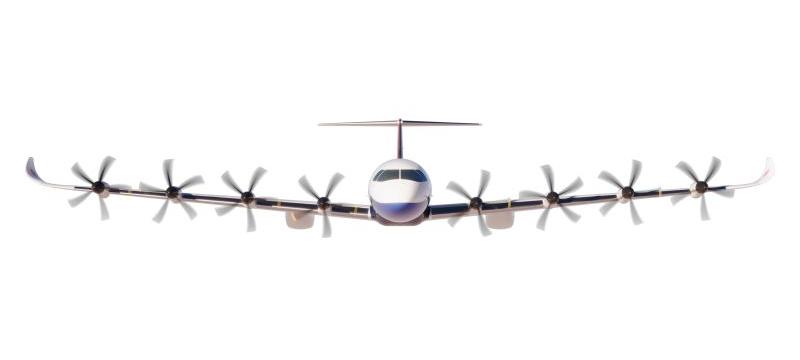
Elysian's electric plane rendering. Photo: Elysian
The E9X will be designed to fit into existing airport infrastructure without any modifications or upgrades. However, charging the battery may take longer than filling a fuel tank. “Our current target is a maximum charge time of 45 minutes,” he said.
De Vries added that discussions are ongoing with airlines around the world and the aircraft is likely to attract interest from regional carriers. It could also benefit secondary airports that are currently underused due to noise or emissions restrictions.
Ultimately, from a passenger perspective, he believes the E9X will deliver a quieter, more enjoyable flying experience, and he wants to solve one of the most pressing problems facing the travel industry today: the lack of carry-on luggage space.
Other companies are also working on electric planes that will enter service sooner than the planned E9X. One of them is the British-American ZeroAvia, which has successfully tested a 19-seat plane equipped with two hydrogen-electric engines and aims to put it into service by the end of 2025.
Ngoc Anh (according to CNN)
Source: https://www.congluan.vn/sap-ra-mat-mau-may-bay-dien-co-the-cho-90-hanh-khach-va-giam-90-khi-thai-post303653.html


![[Photo] Special flag-raising ceremony to celebrate the 135th birthday of President Ho Chi Minh](https://vphoto.vietnam.vn/thumb/1200x675/vietnam/resource/IMAGE/2025/5/19/1c5ec80249cc4ef3a5226e366e7e58f1)
![[Photo] Party and State leaders attend the special art program "You are Ho Chi Minh"](https://vphoto.vietnam.vn/thumb/1200x675/vietnam/resource/IMAGE/2025/5/18/6895913f94fd4c51aa4564ab14c3f250)
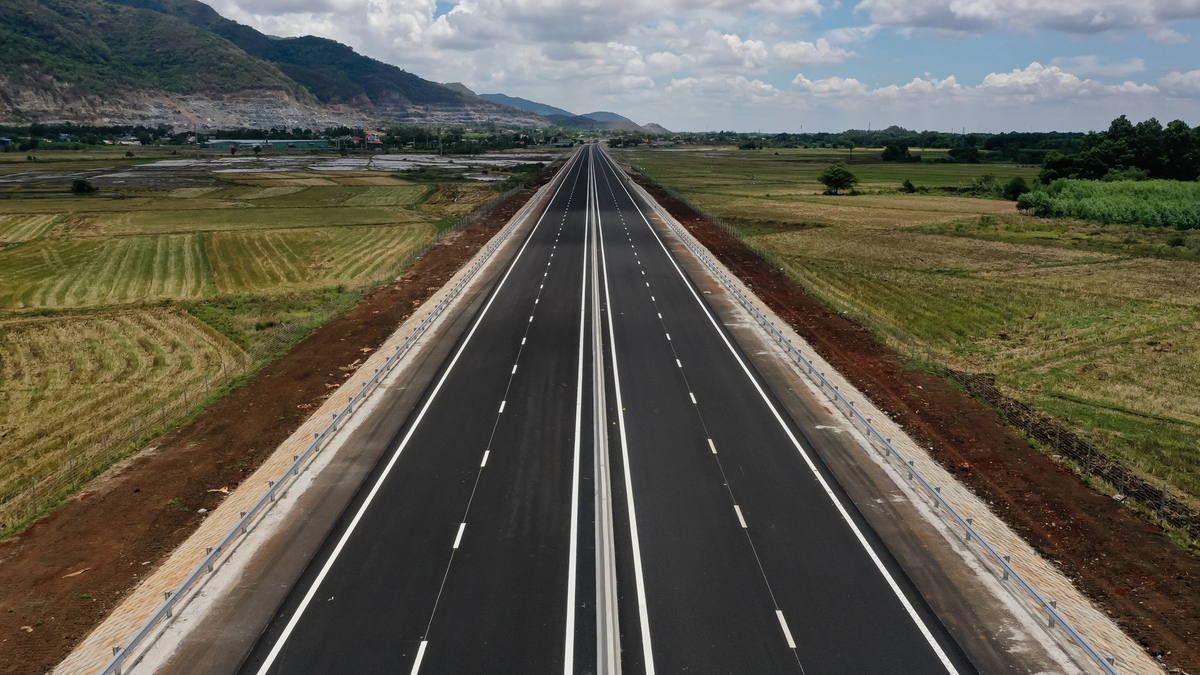
![[Photo] Party and State leaders visit President Ho Chi Minh's Mausoleum](https://vphoto.vietnam.vn/thumb/1200x675/vietnam/resource/IMAGE/2025/5/19/d7e02f242af84752902b22a7208674ac)
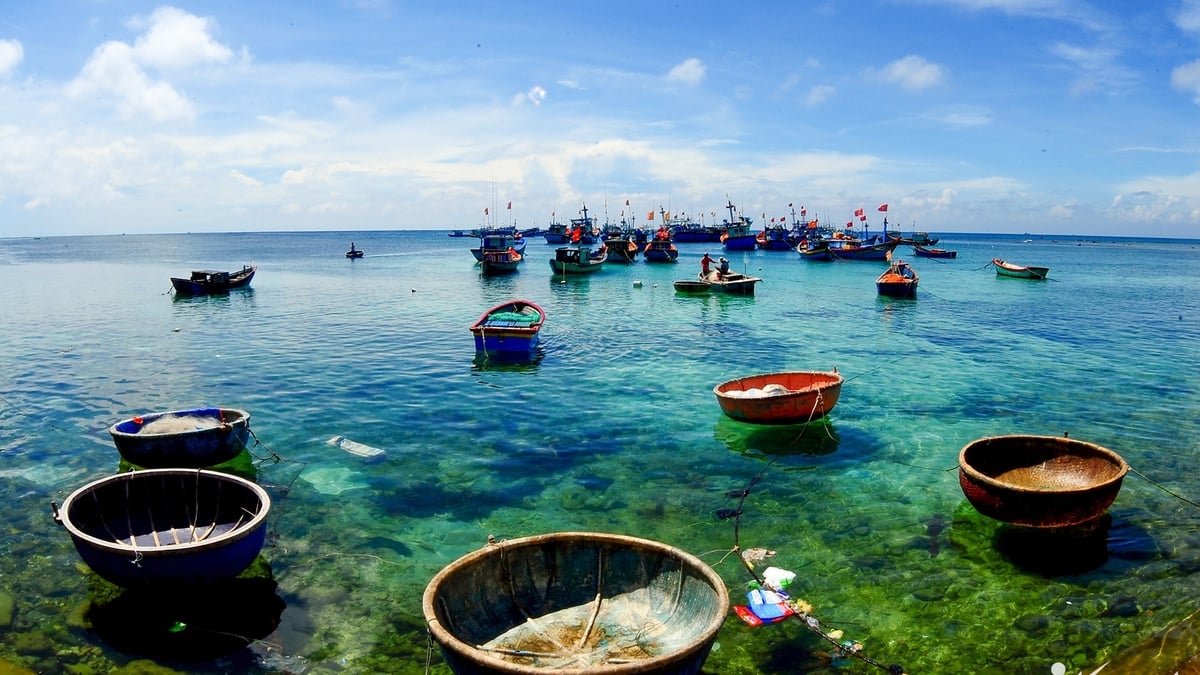







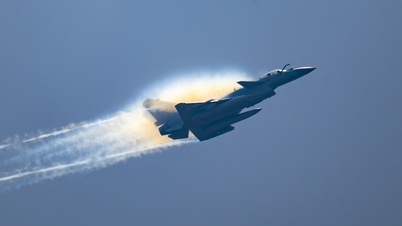




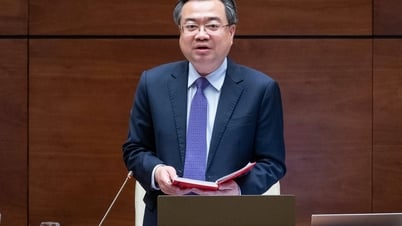

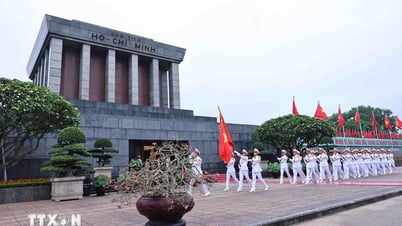

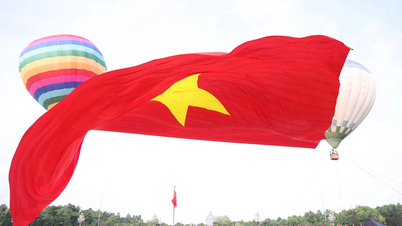









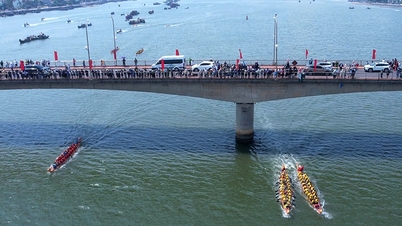


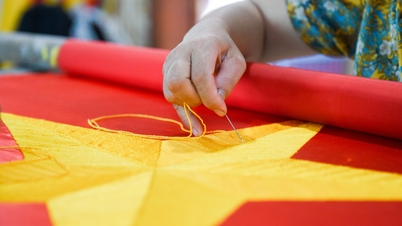













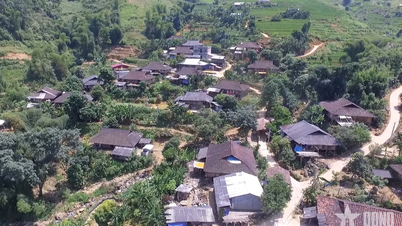

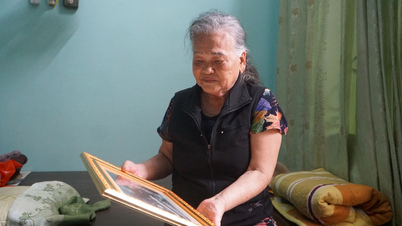

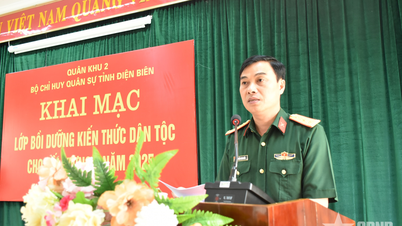




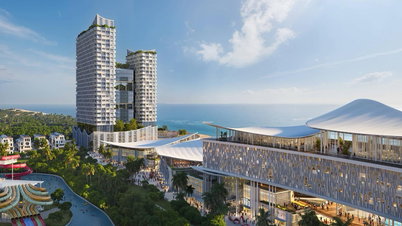


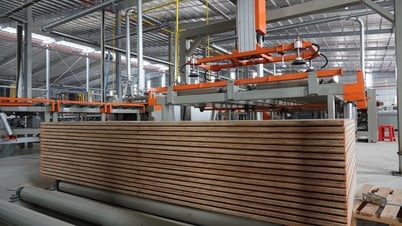









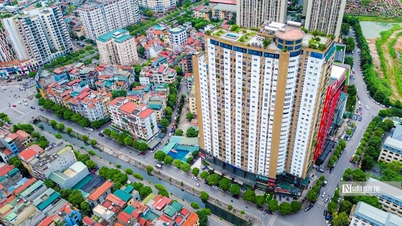


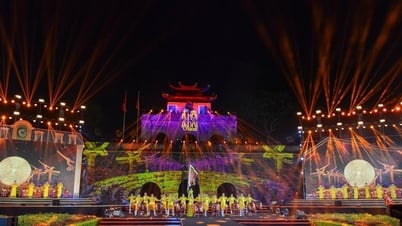

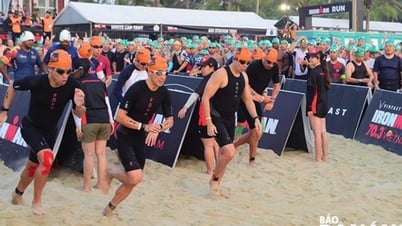
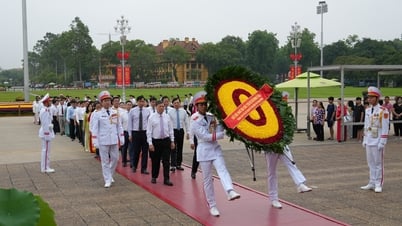

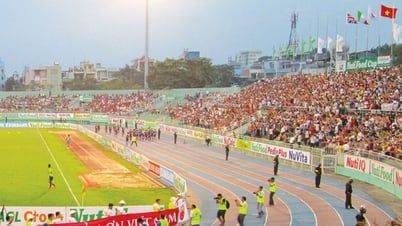


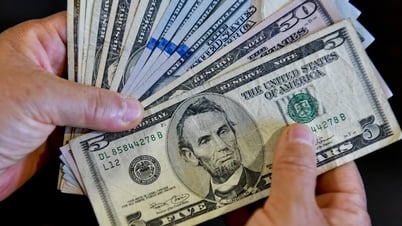

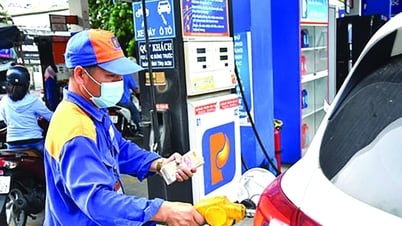





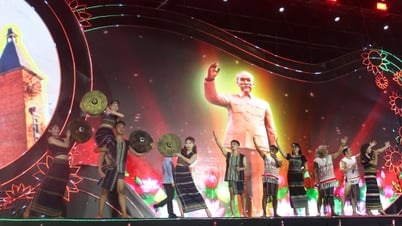
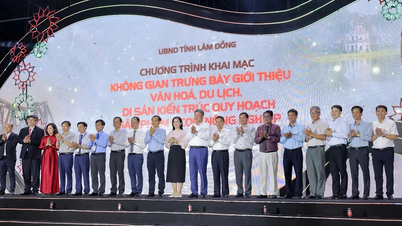







Comment (0)